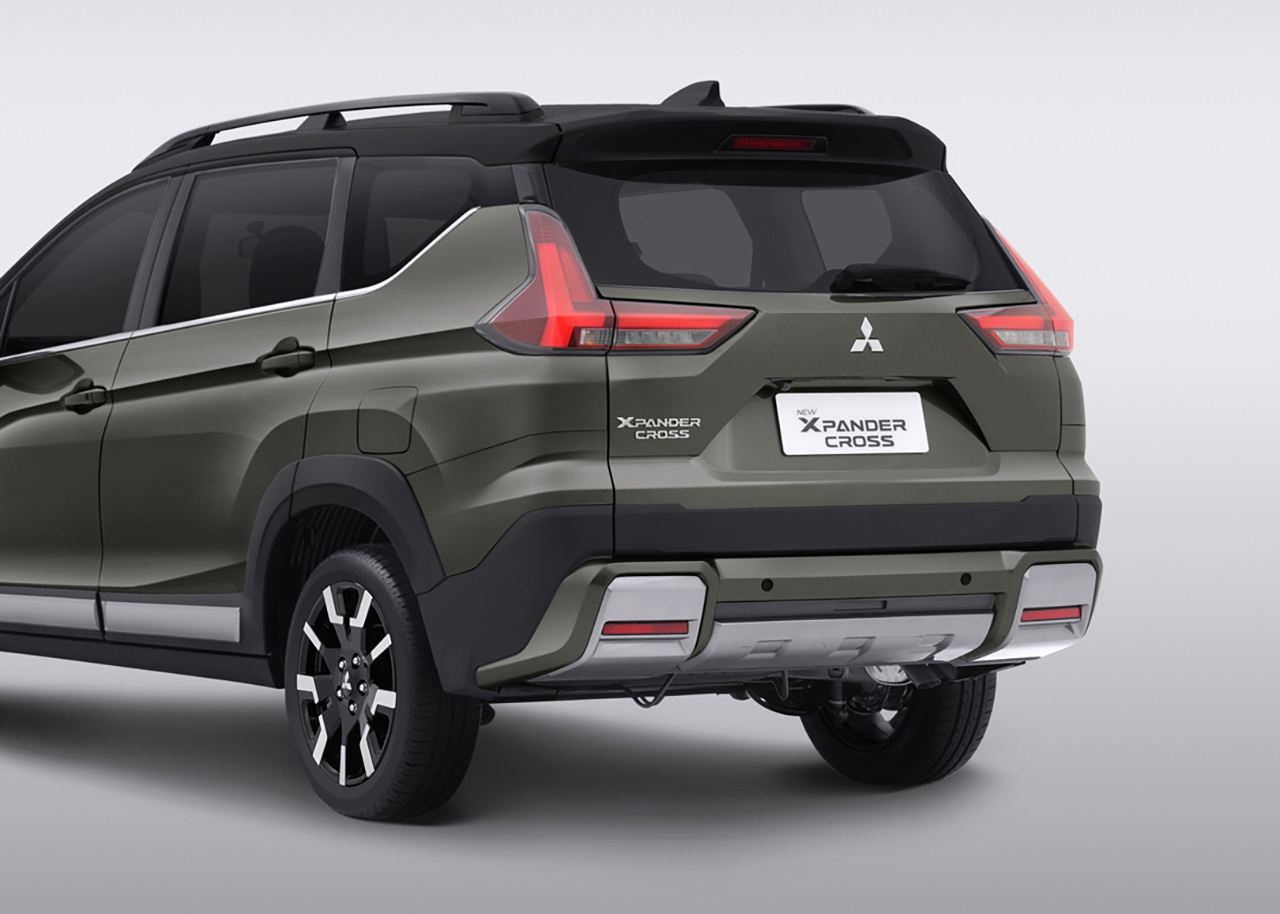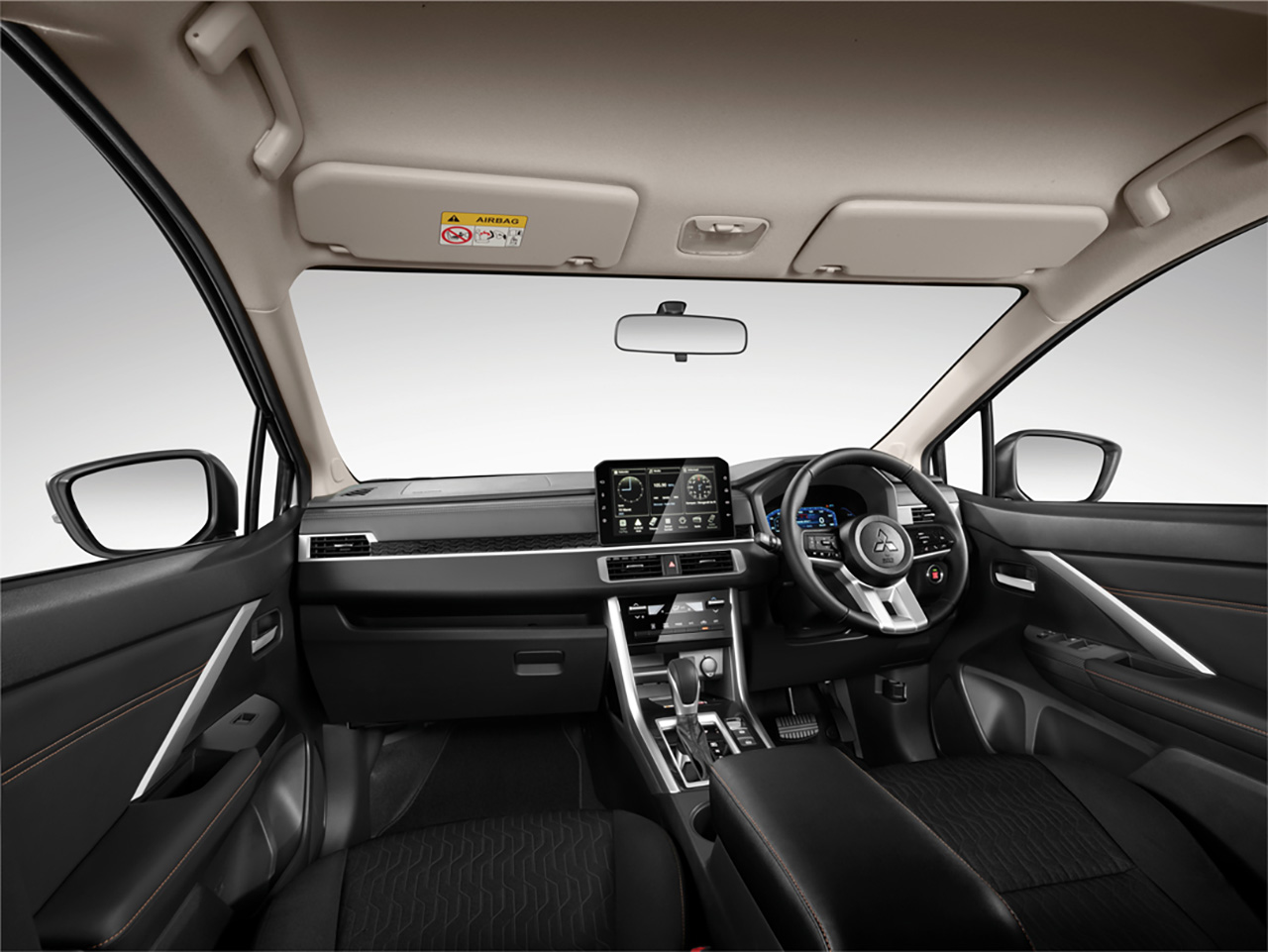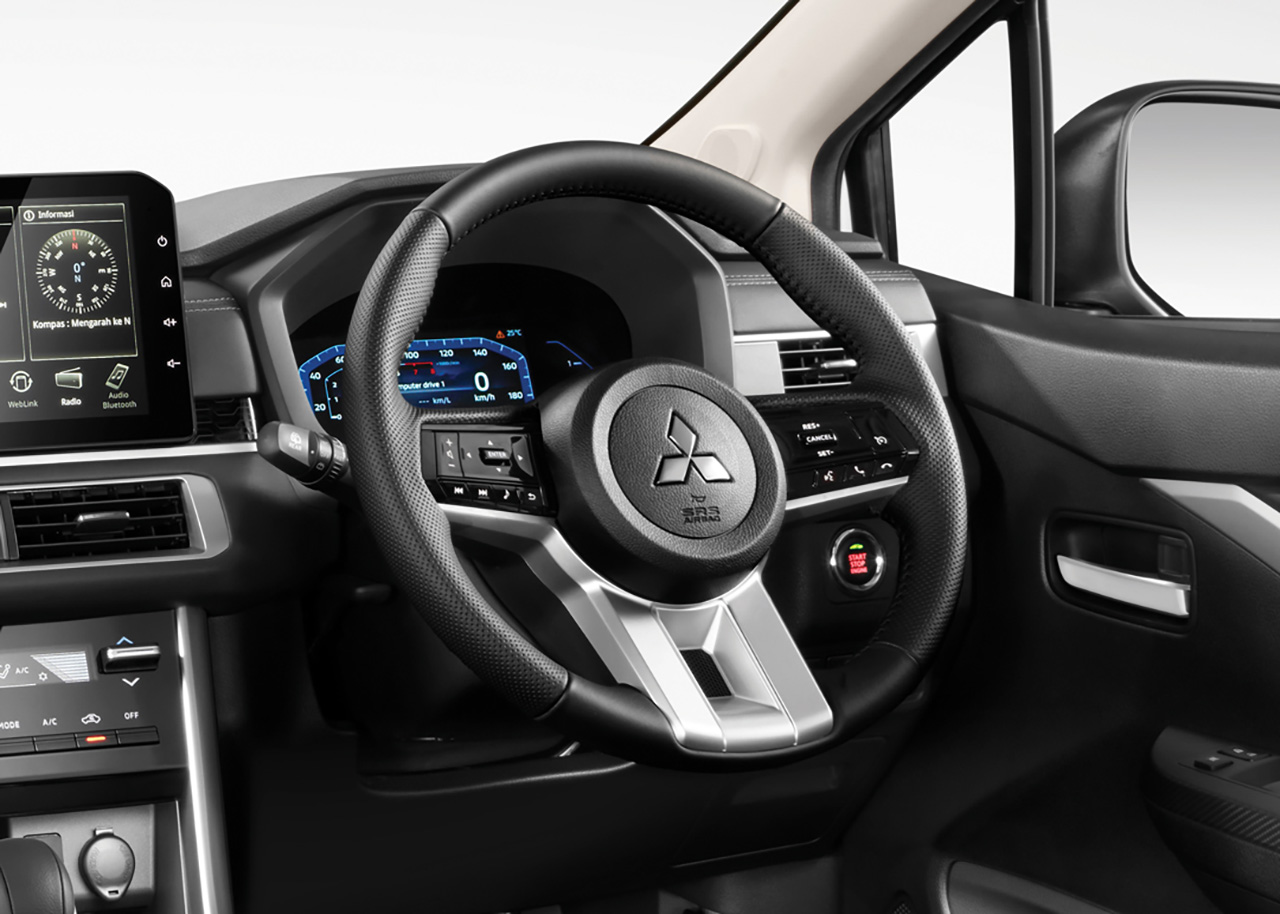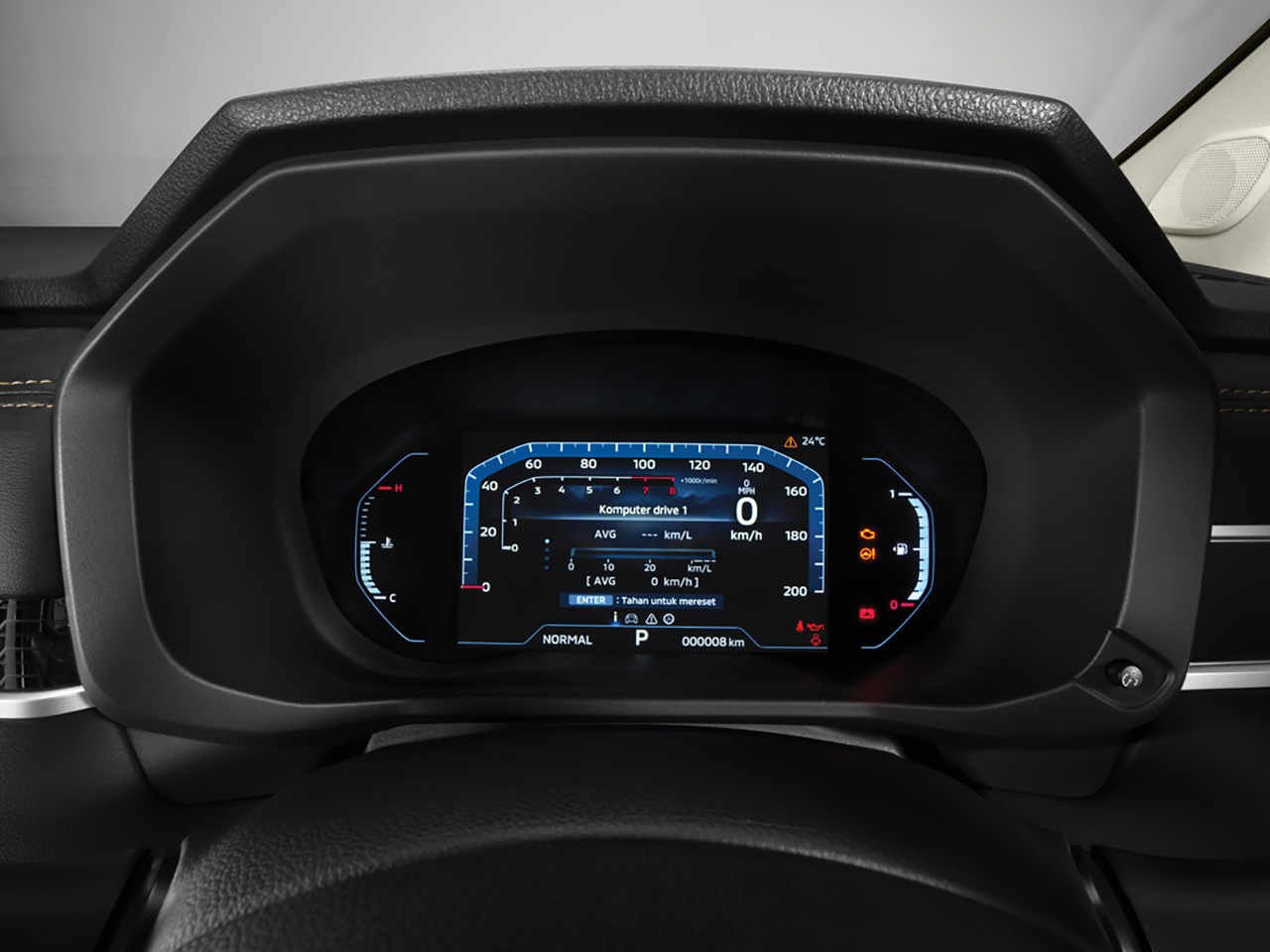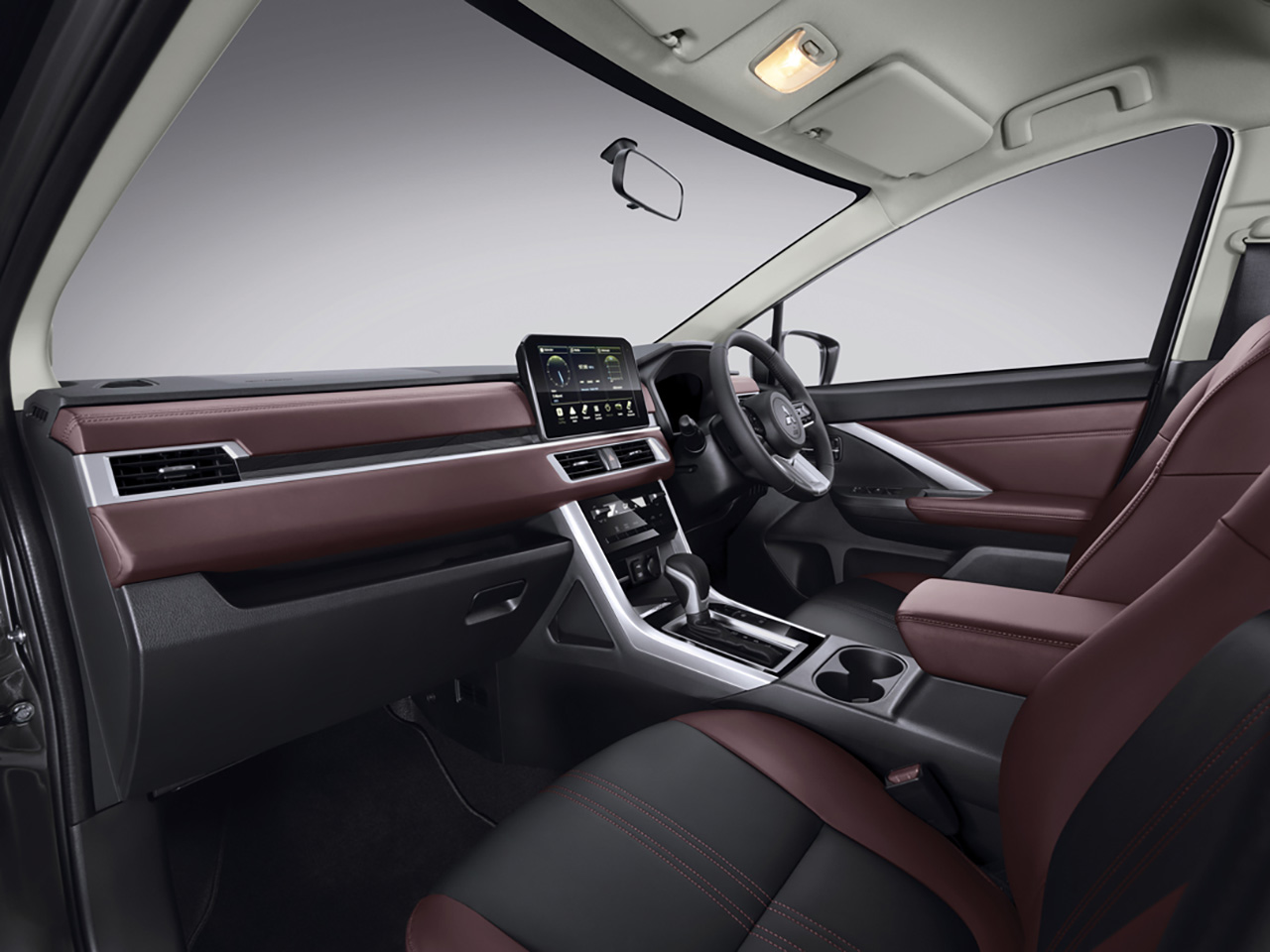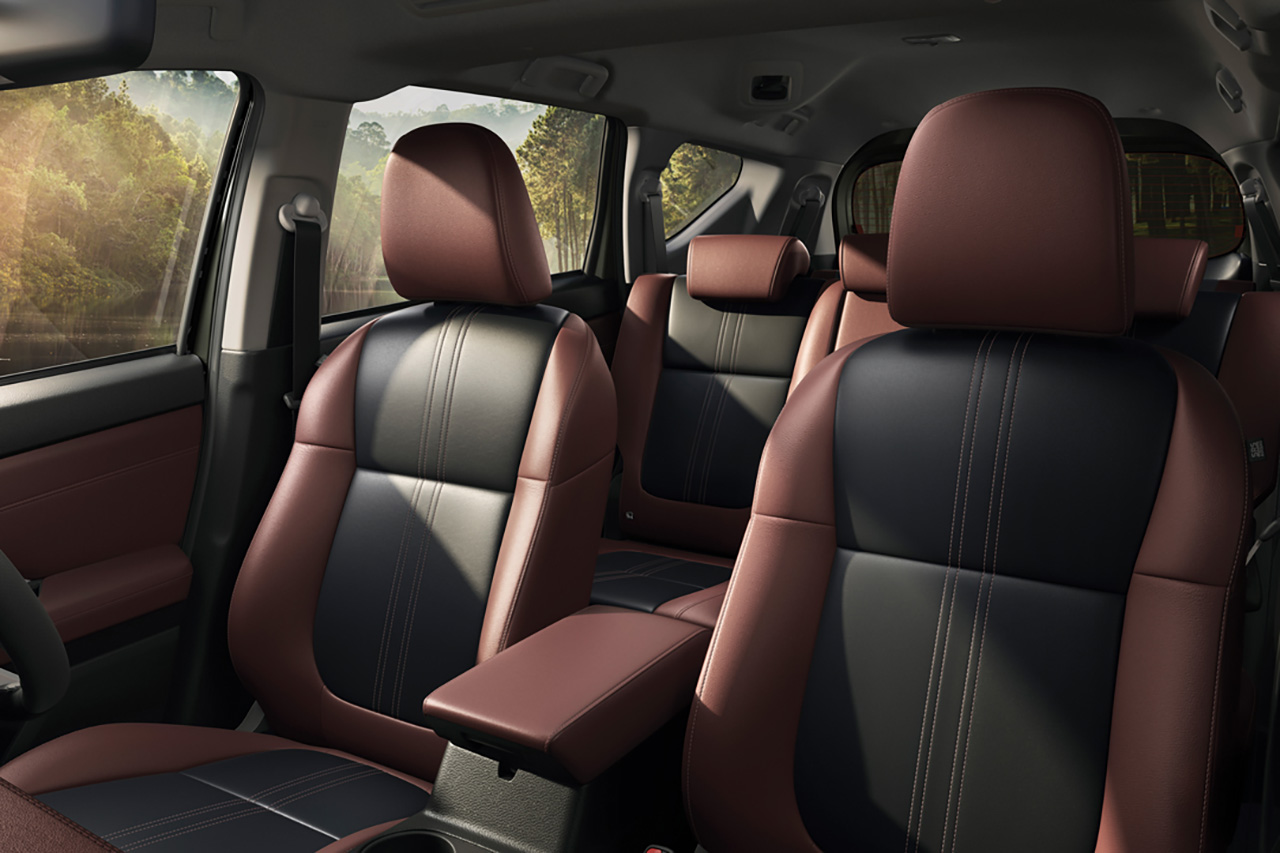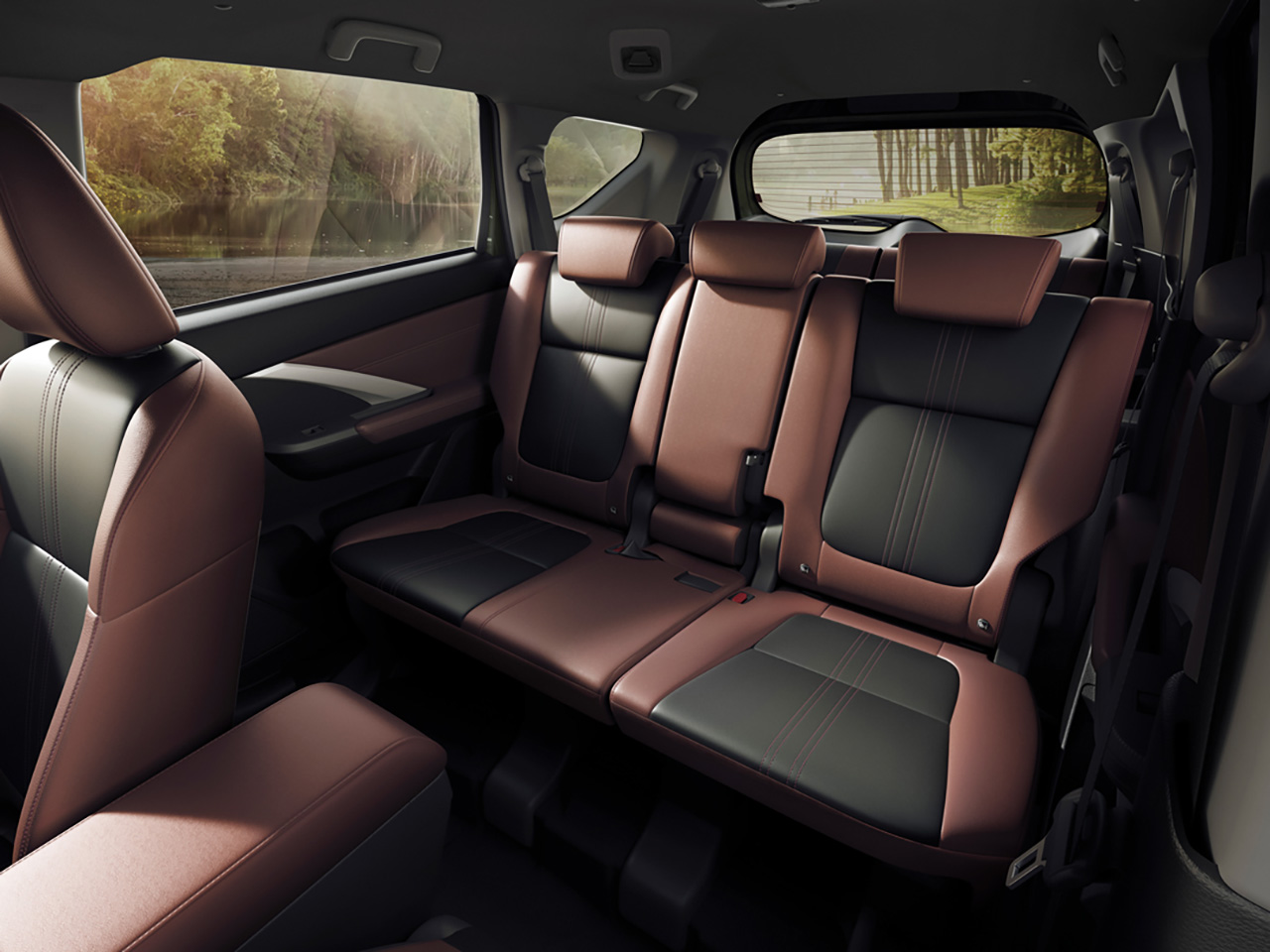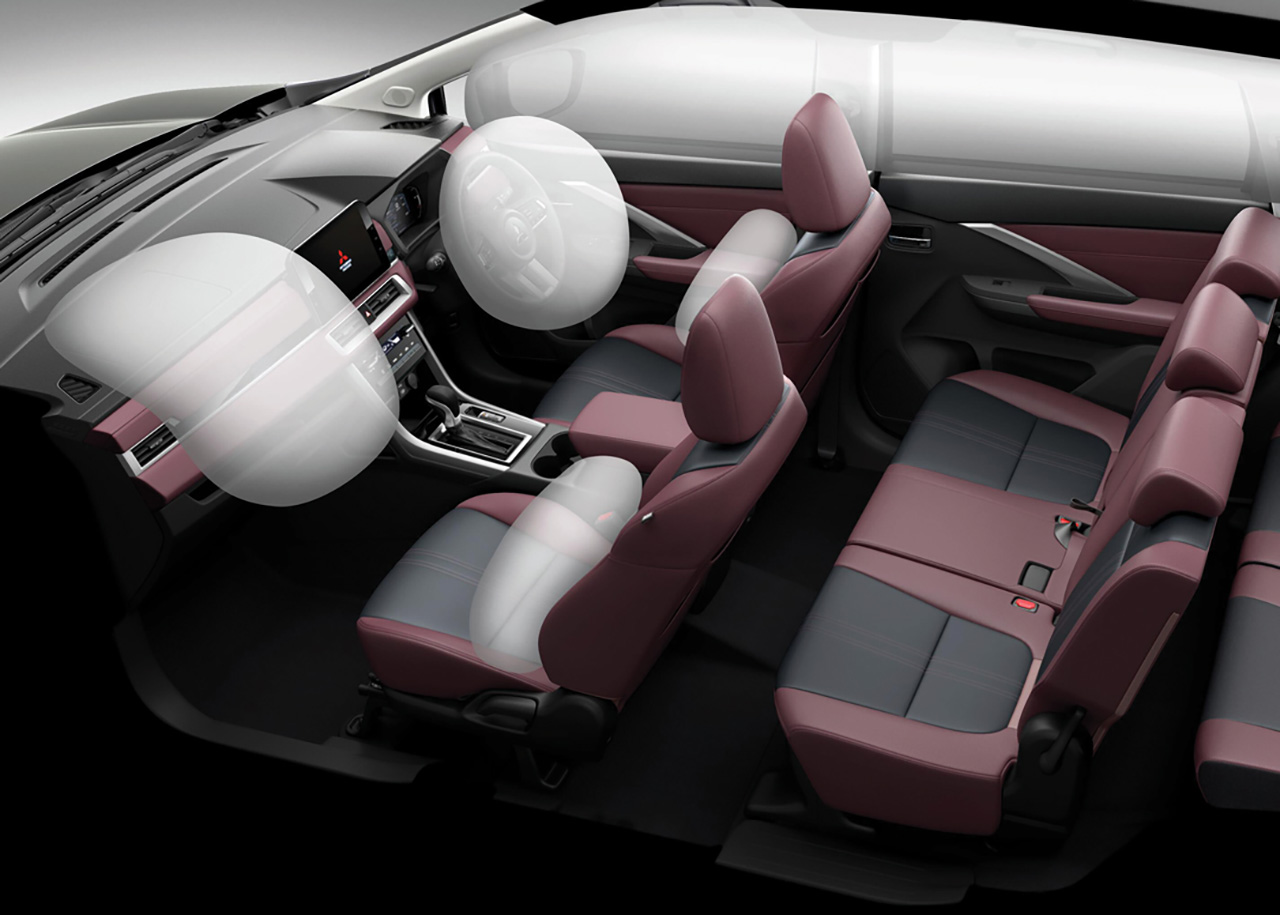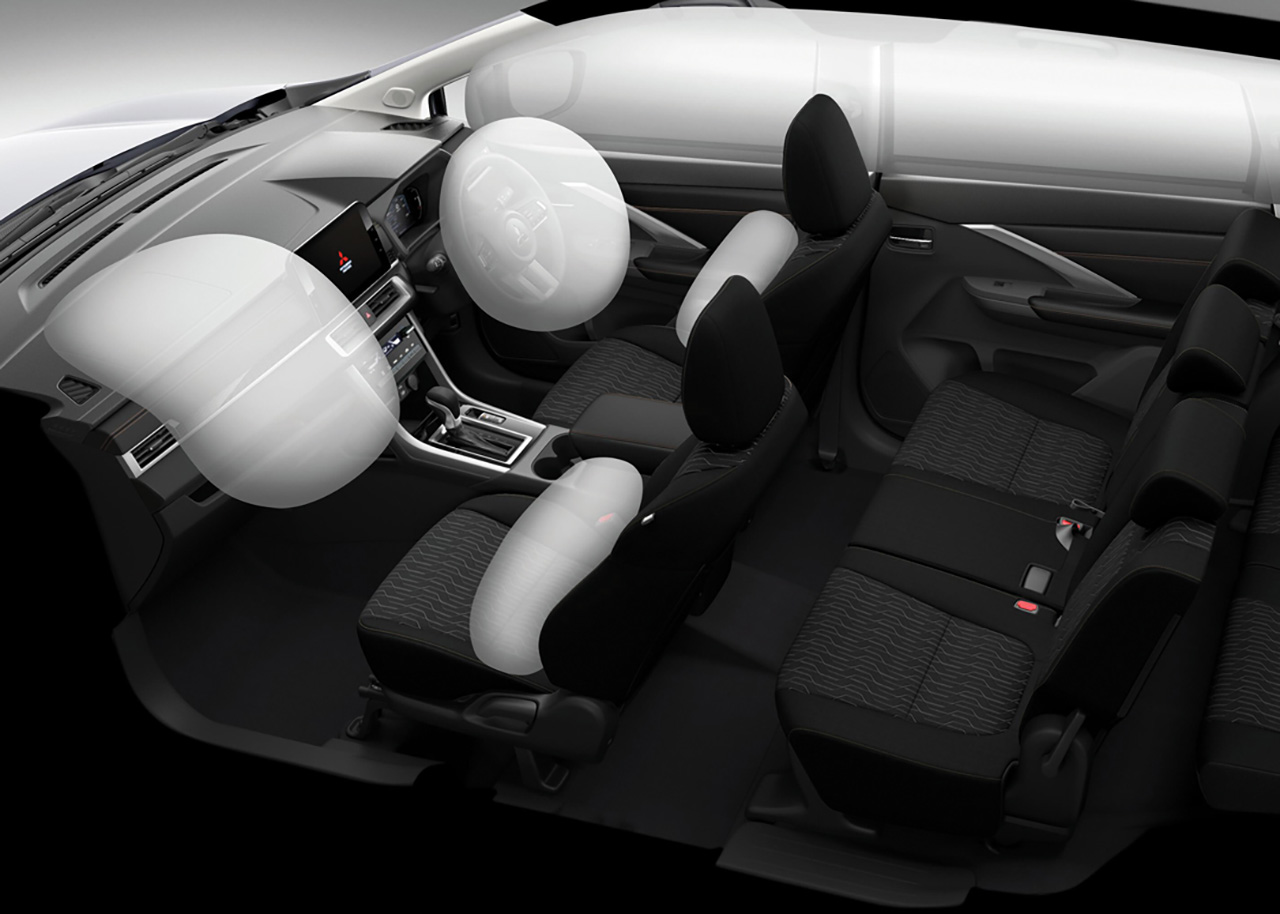In terms of design, the Xpander now comes with a new front grille design that blends chrome with glossy black, along with new 17-inch alloy wheels. Meanwhile, the Xpander Cross features a newly designed front bumper and grille, as well as a new set of 17-inch alloy wheels.
One notable update this time around is that both the Indonesian-market Xpander and Xpander Cross now come equipped with six airbags, including dual front airbags, side airbags, and curtain airbags. Other safety features remain unchanged, such as the 360-degree camera, Active Stability Control, Active Yaw Control, and Hill Start Assist.
Inside the cabin, not much has changed. The main updates include a new steering wheel and instrument cluster, now using the same screen and gauge setup as the Thai-market Xpander HEV. The infotainment system features a 9-inch screen, digital air-conditioning, an under-seat storage compartment beneath the front passenger seat, a cooled center console storage area, and 40:20:40 split-folding seats with headrests for all seating positions.
The Indonesian-spec Xpander and Xpander Cross continue to use the 1.5-liter 4-cylinder MIVEC gasoline engine, producing a maximum output of 105 horsepower at 6,000 rpm and peak torque of 141 Nm at 4,000 rpm. Transmission options include a CVT automatic or a 5-speed manual gearbox.







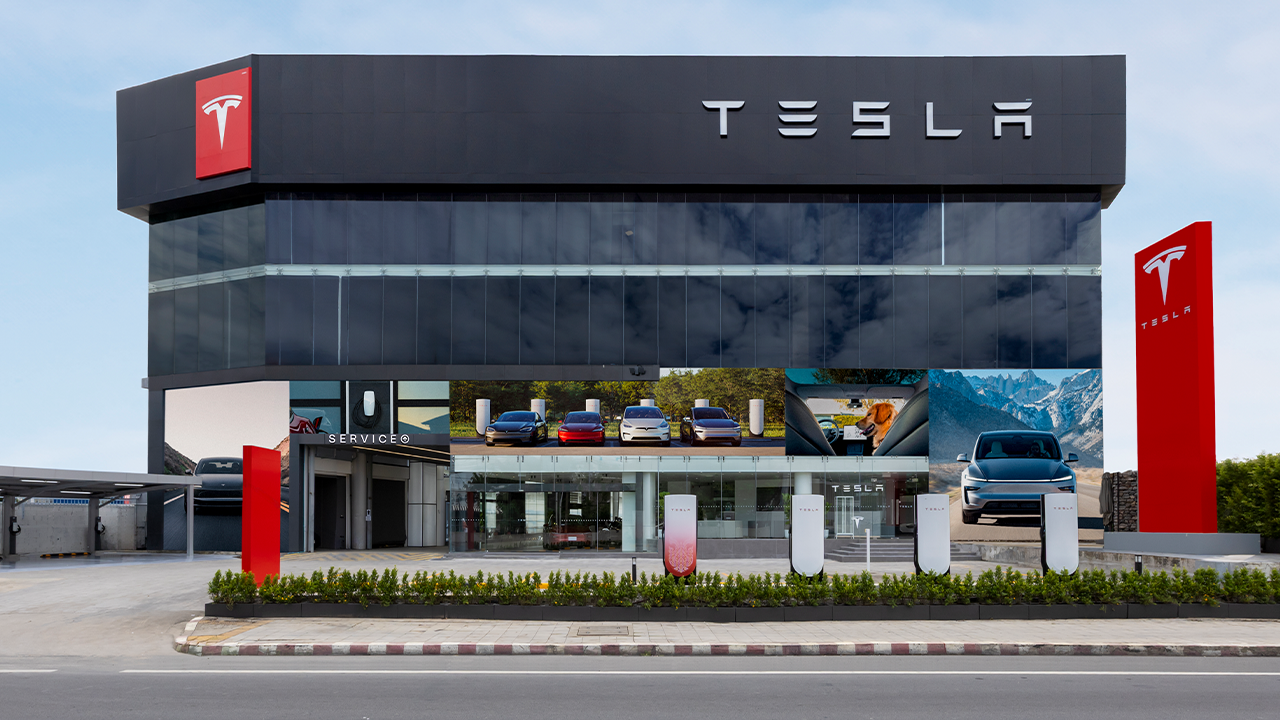
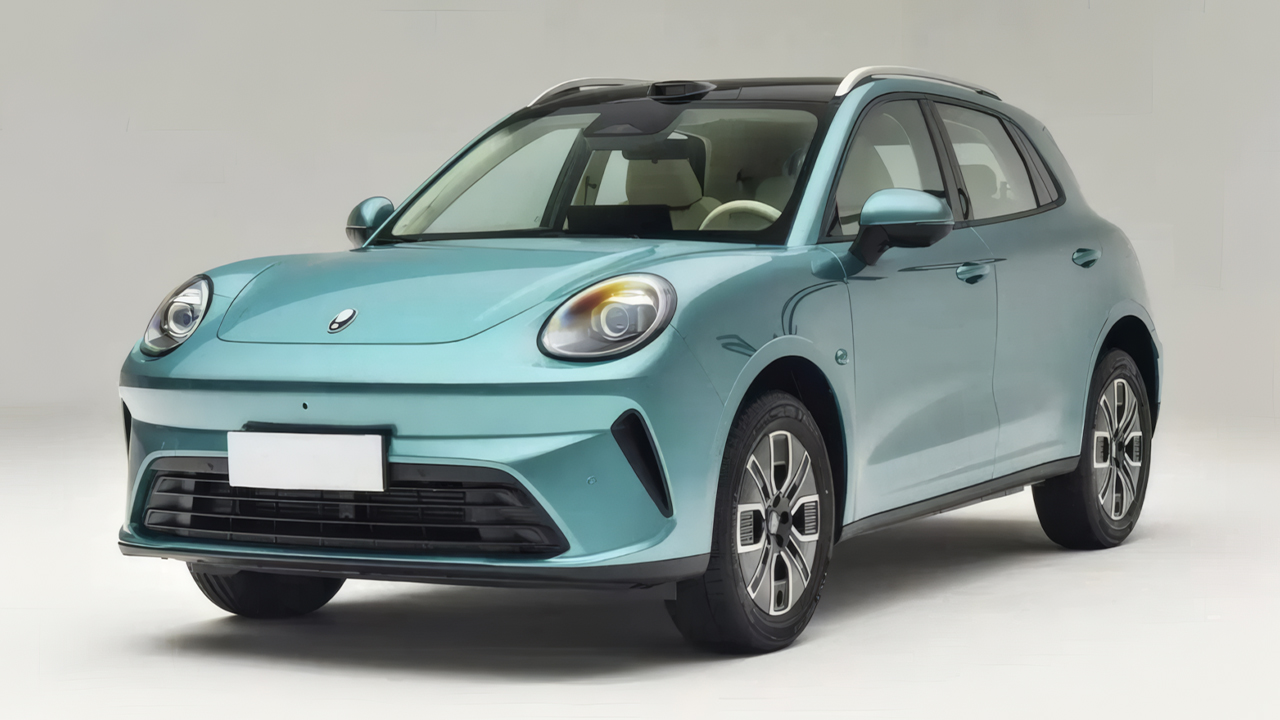

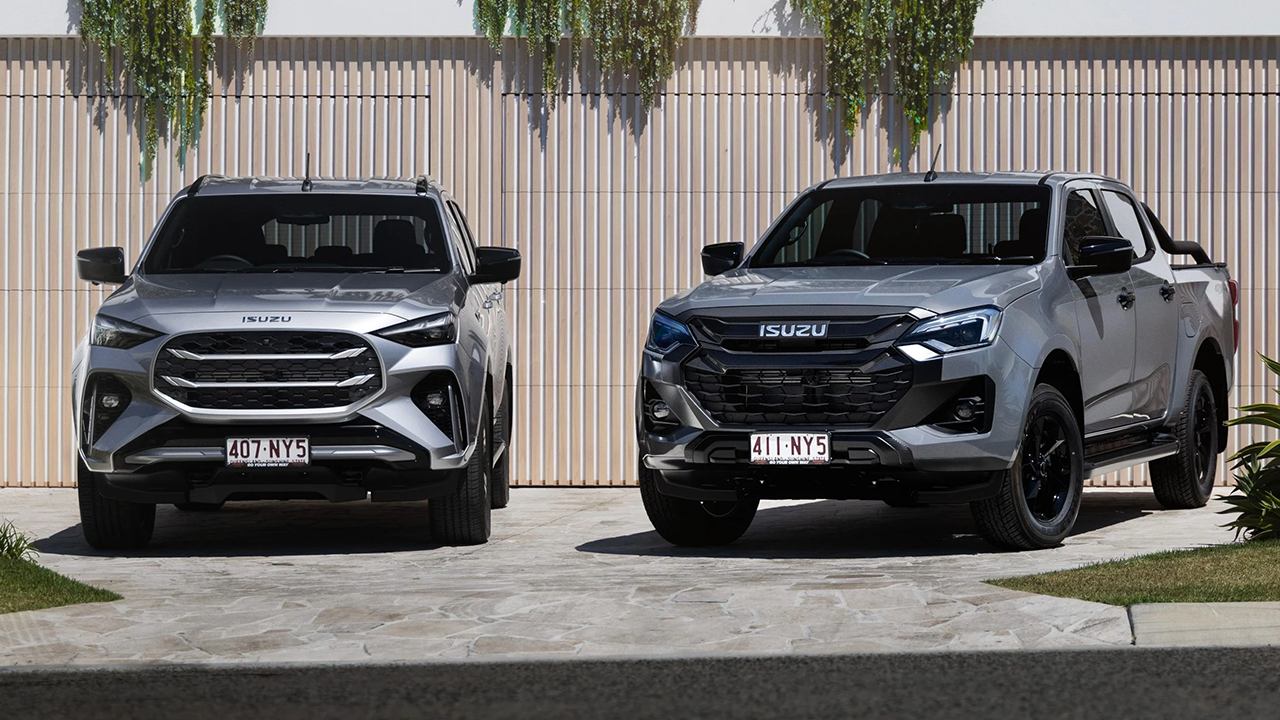

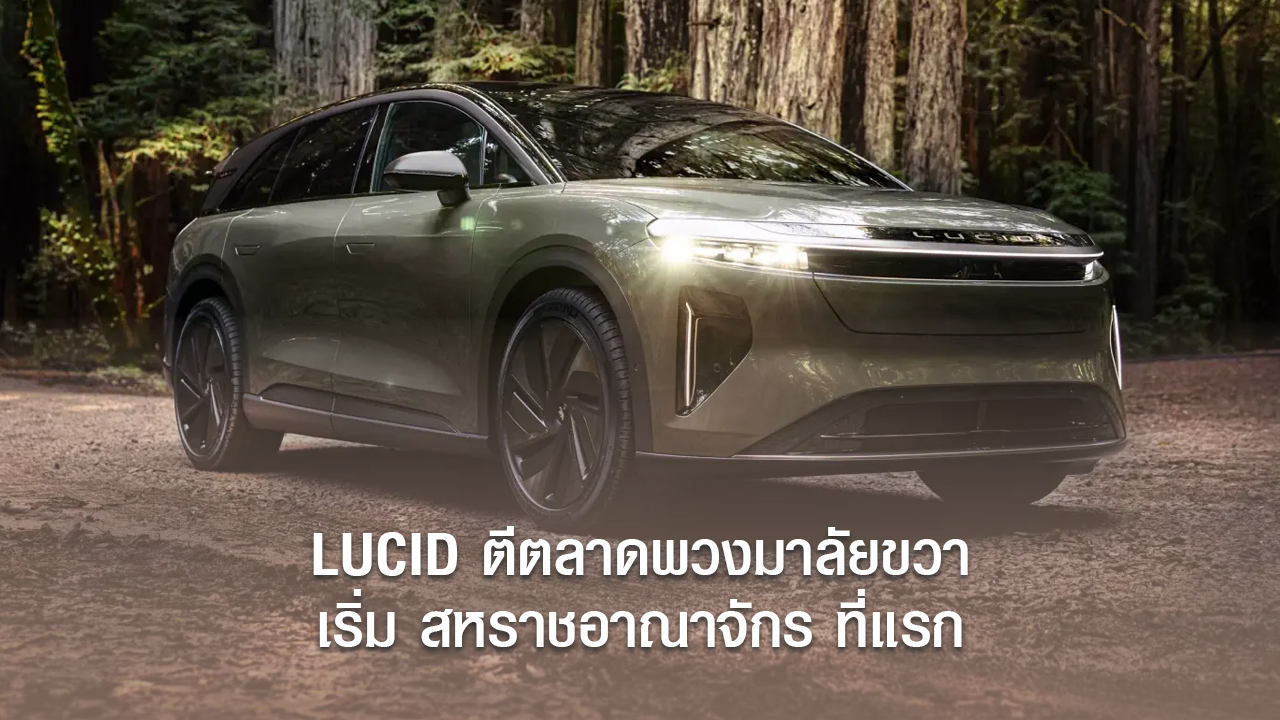
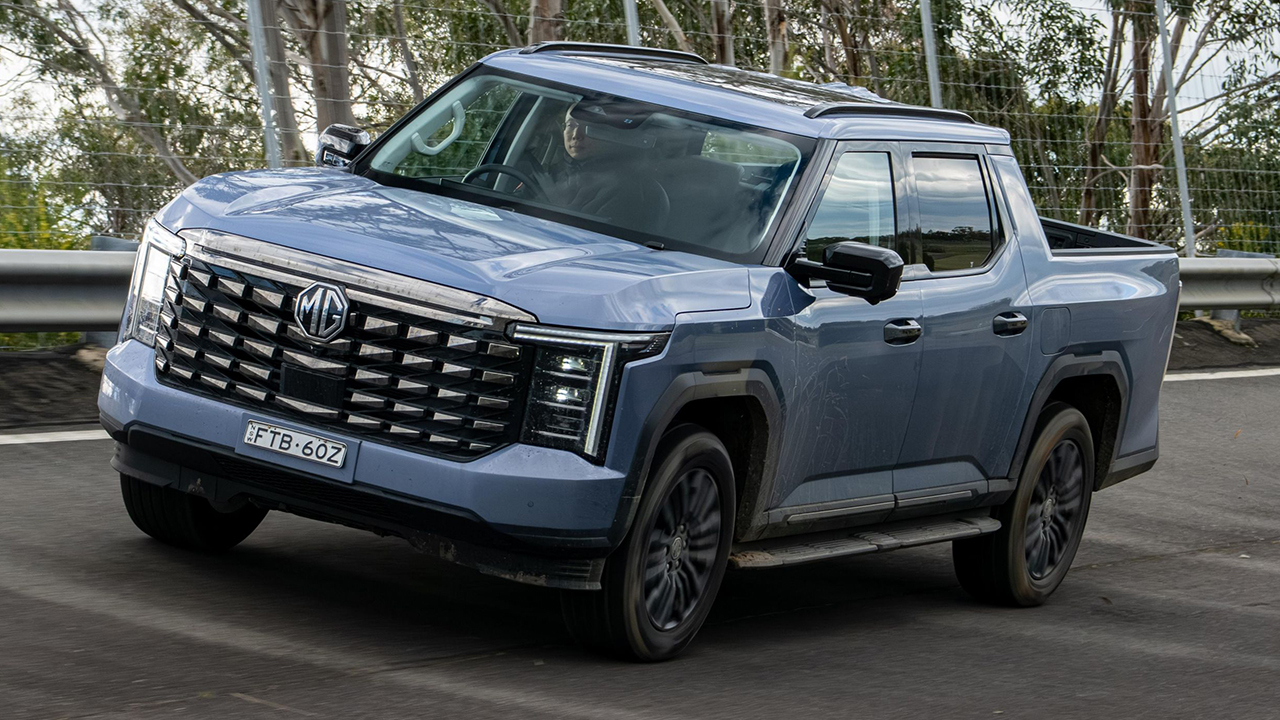




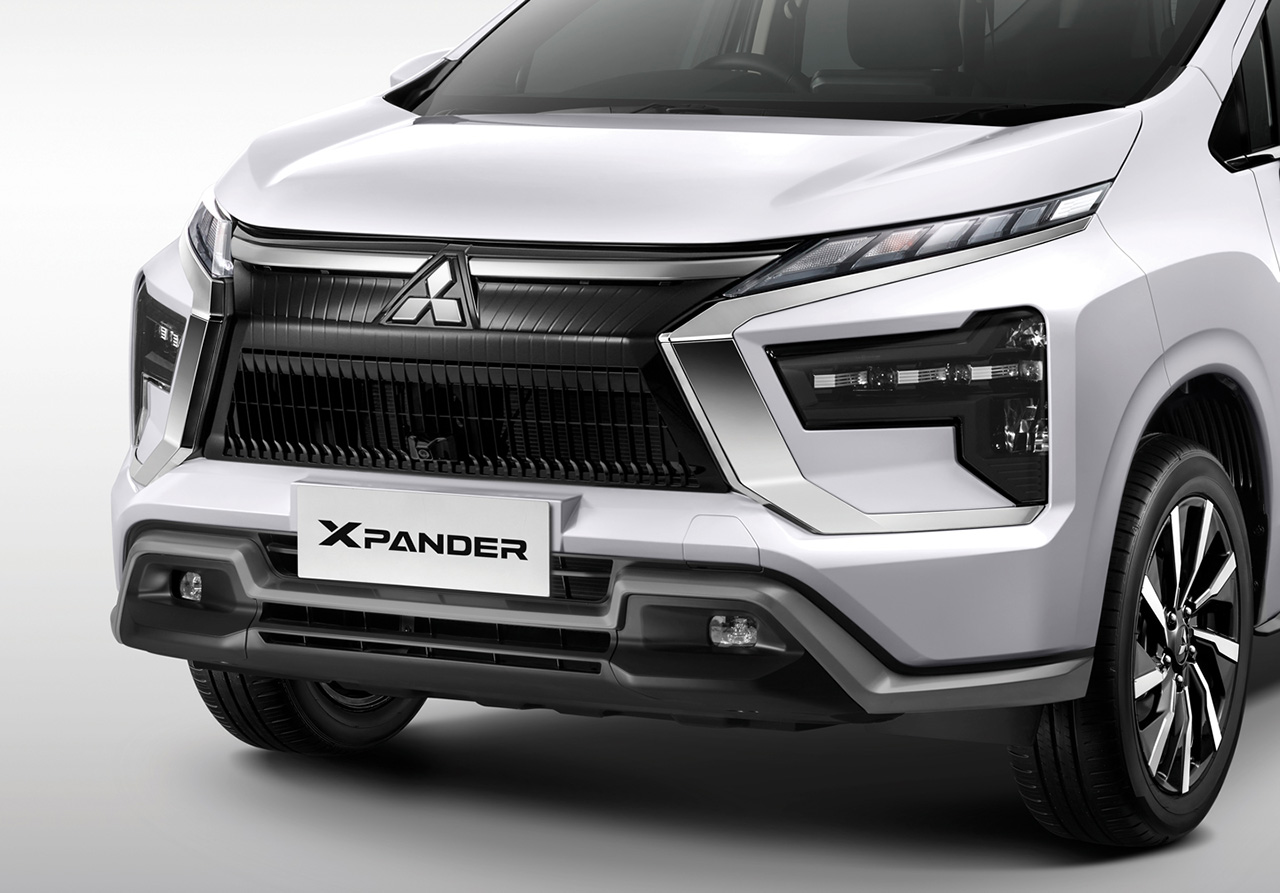
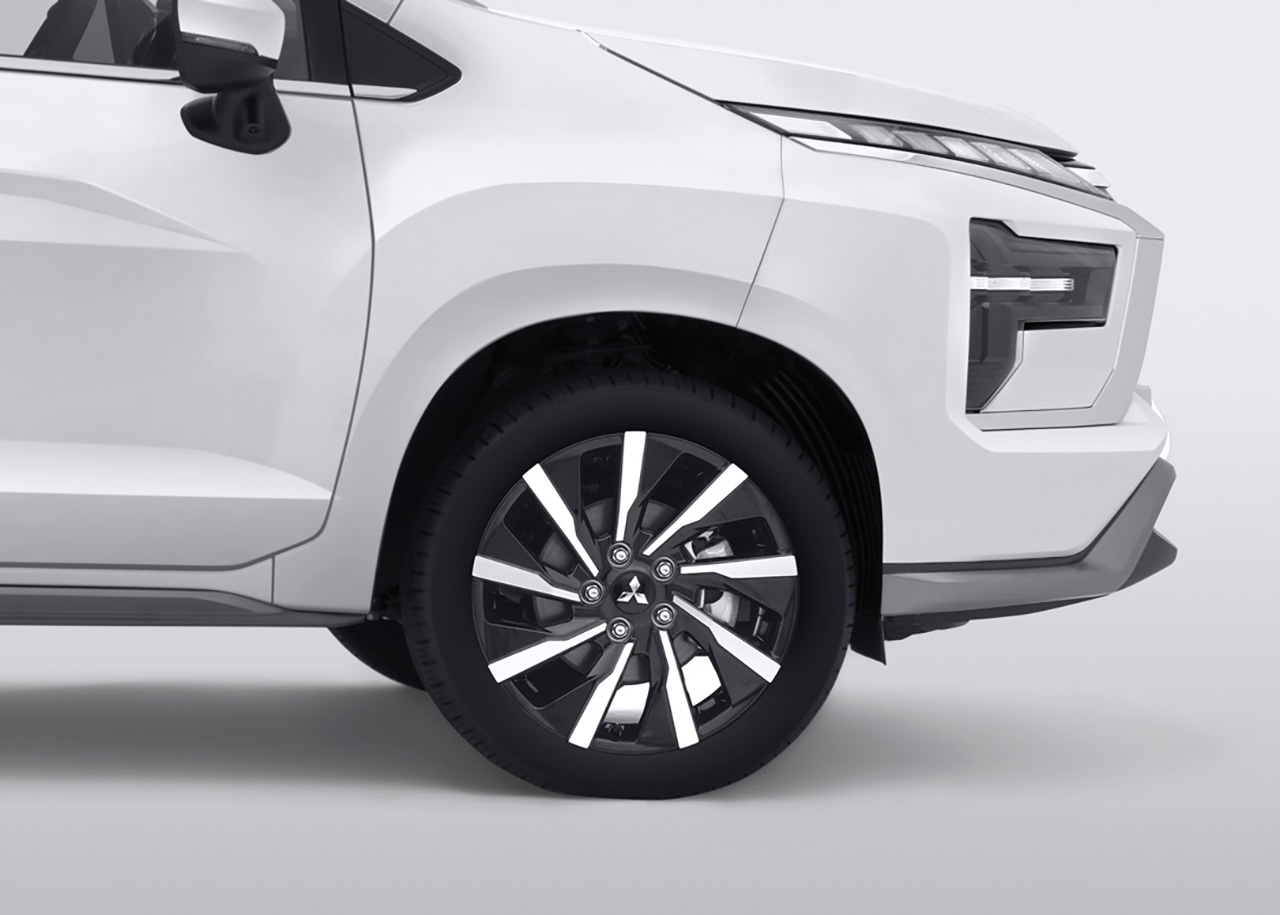
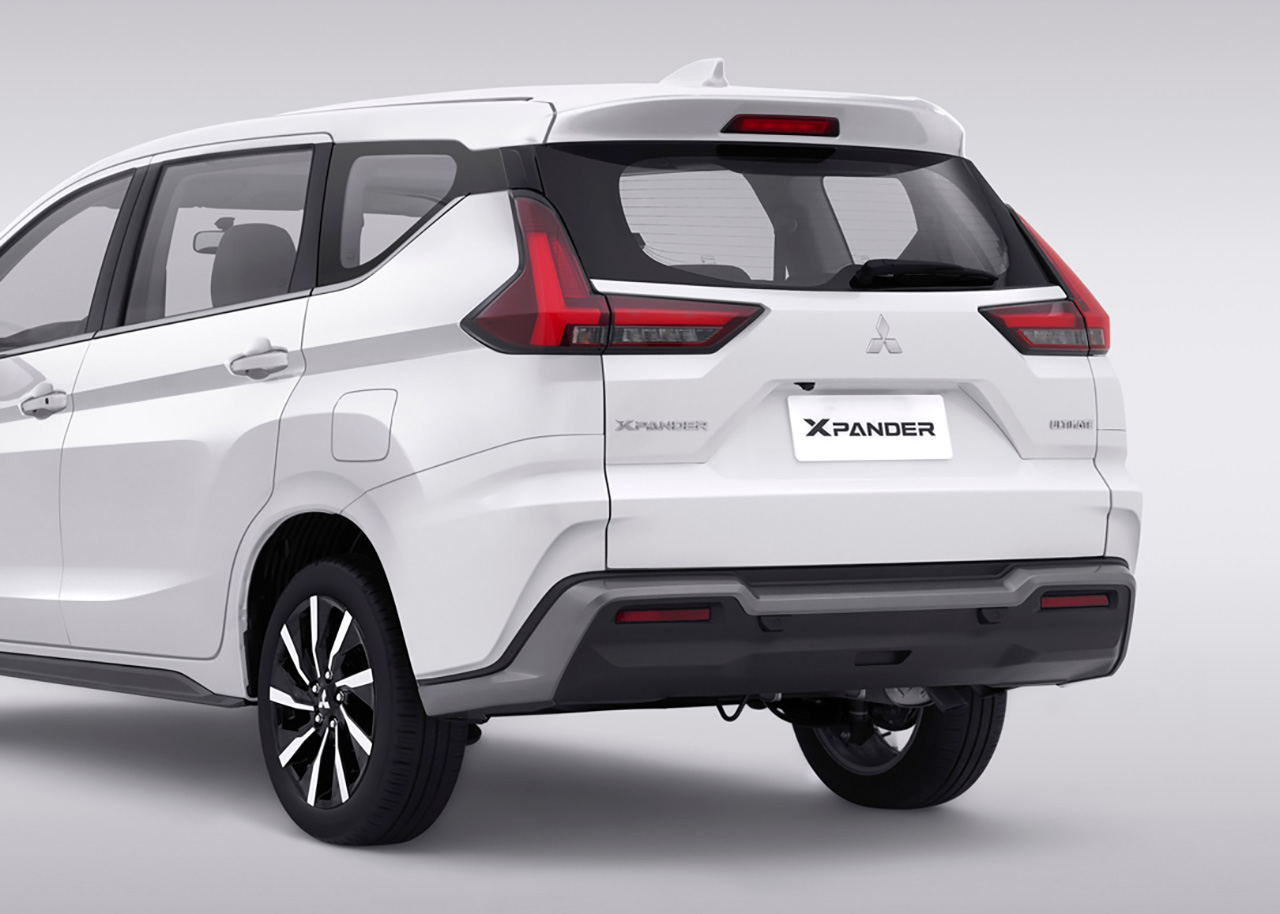
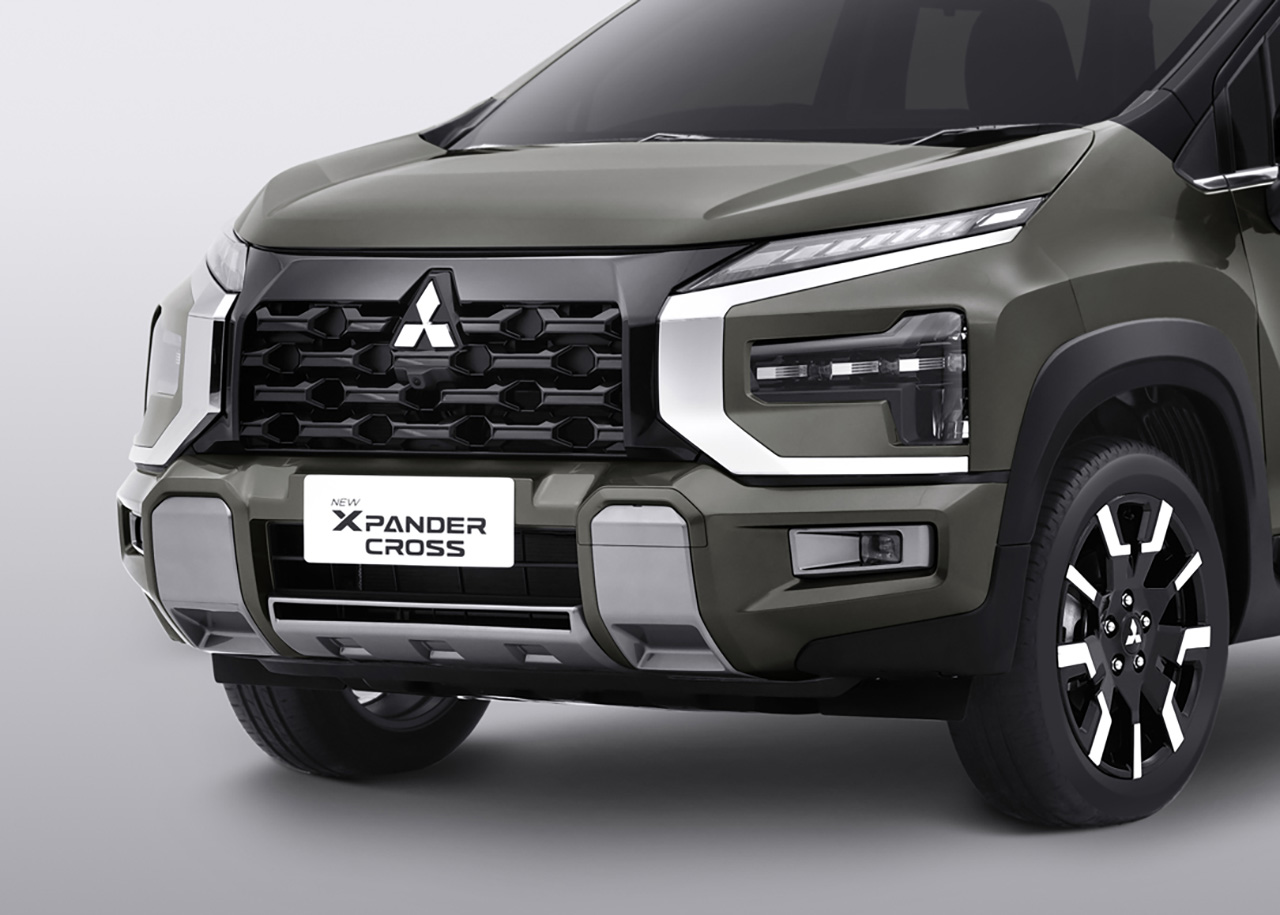
.jpg)
